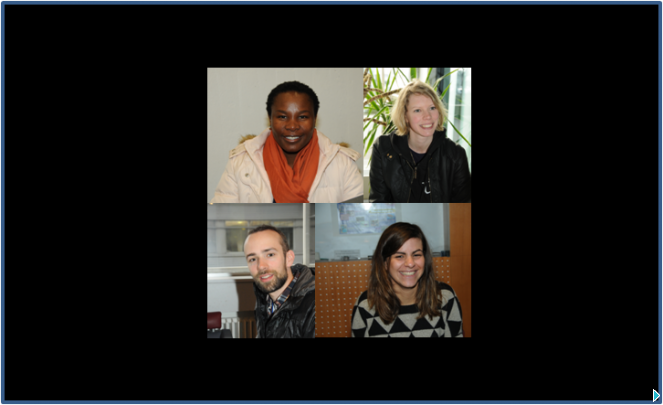HERCULES Annual Session
Next one in March 1 to April 1, 2015
Grenoble, France

The aim of the HERCULES is to train young European researchers (PhD students, postdoctoral scientists) to optimally use the state-of-the-art instruments at the present and future Large Installations (LI) that deliver neutrons (n.) or synchrotron radiation (S.R.) in Europe. Since its inception in 1991, the HERCULES annual sessions (HAS) have offered basic theoretical and experimental know-how for a multidisciplinary audience composed of young biologists, chemists, physicists, geoscientists, industrial scientists.
The HERCULES annual sessions (HAS) is organised every year for 70-75 participants. A substantial fraction of the school duration is devoted to neutron interactions with matter, neutron production, and the various techniques involving neutron scattering (elastic, inelastic, quasielastic). The duration of the course is 4.5 weeks. To meet the training needs, 50-60 lecturers selected among the best European specialists of all the fields concerned will be involved, and about one hundred scientists of the partner LI will secure the practicals and tutorials.
The HAS sessions includes lectures, practicals and tutorials, visits to laboratories and a poster session. A given session is structured into two parts: a general or common part of about 1.5 weeks bringing together the multidisciplinary audience, and an application part of about 3 weeks with two specialized sessions: session A “Applications to physics and chemistry of condensed matter” (48-50 participants) and session B “Applications to bio molecular structure and dynamics” (25 participants). This part devoted to applications contains most of the experimental, “hands-on”, training.
The originality and the major difference between the HERCULES annual sessions and most of other courses, is the emphasis given to experimental training (by group of 4 participants) included in the programme, resulting in more than one week of practicals with beam in four n. and S.R. L.I. per participant.
The practicals usually take place at the Swiss Light Source (SLS) at the Paul Scherrer Institute, and at synchrotron SOLEIL, for the S.R. part, and on the reactor Orphée at LLB (Leon Brillouin Laboratory) and at ILL, for the neutron part. Most of the teaching staff for practicals and tutorials belongs to these L.I. This practical training is performed on cutting-edge experimental set-ups, i.e. the same environment set-up that is used for research. It also gives the opportunity for the participants to become acquainted with the permanent scientists of the n. and S.R. L.I., as well as with the scientific community in L.I. They also benefit, for their experimental training, from the scientific and technical support of several other Grenoble laboratories: EMBL, CNRS, CEA-Grenoble and the Institut de Biologie Structurale (IBS).
- For more information and for registration for the next HERCULES school, visit the website: http://hercules-school.eu
- To learn about the participants’ motivations to attend the 2013 school and how this helps them on their research work, and watch our video, click here!
Report on the 2013 school
The school’s participants and organisers told us about their experience. You can get to know all about it by watching the video below and reading the article available here.
